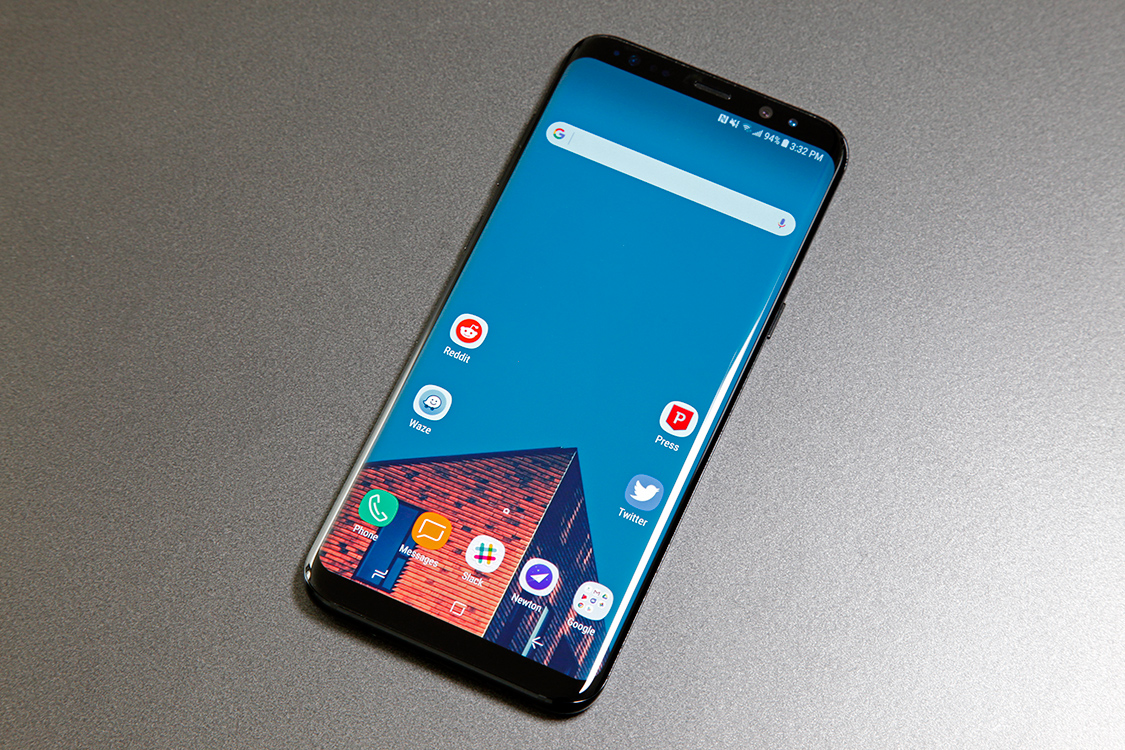The Pixel 4's Most Impressive New Feature Is A Sophisticated Gimmick No One Really Needs
Google announced a Pixel 4 feature no iPhone 11 model would have several weeks before Apple actually unveiled the new iPhones. Then we saw it leaked in great detail, at which point I told you that it's going to be a gimmicky trick. Now that the Pixel 4 series is official, and Google practically confirmed almost all the rumors that preceded the phone's launch, I've changed my mind about it, slightly. It's a super sophisticated feature that deserves praise and recognition, but it's still a gimmick that we don't need on the Pixel 4 or any other phone, at least not in the current format.
I am talking, of course, about Motion Sense, which is the marketing name for Google's Project Soli radar-based gesture recognition system. We're looking at a tiny chip placed inside the top bezel of the phone that's able to detect hand gestures and discern whether a wave over the screen is meant to skip a track/silence the phone, or it's just a natural hand movement performed in the vicinity of the device.
That's something no other device can do, iPhone 11 included, the kind of feature that may pave the way to a Minority Report-style of interaction with computers. On the Pixel 4, however, Motion Sense doesn't deliver anything that you can't live without. Aside from the gestures I've mentioned above, Motion Sense also recognizes when you're reaching for the phone in the morning, and reduces the alarm volume. Similarly, it detects the hand movement that precedes user authentication and increases 3D Face unlock response time. It can also turn off the always-on display when you're not within reach.
There's nothing really spectacular here, no real Minority Report magic — and I'd venture out to say that Soli integration in laptops and desktops would be a lot more useful than on mobile phones.
That's not to say that Google hasn't done a tremendous job here. The tech innovations required to make all of this possible on the phone are incredible. Google explained to The Verge how Soli works, and it's all spectacular.
![]()
The Soli chip creates a hemisphere of a foot or two around the phone, and that's how it picks up gestures, as long as the screen is facing upwards. But that's where the magic really stops because Google can't afford to increase the radar's range and create more gestures. Also, who'd use a phone seven meters away, which is the maximum theoretical reach of the sensor?
Google also said that the radar tech is so sensitive that it could sense motion "as precise as a butterfly's wings," which certainly beats what other handset makers did. LG, for example, created a similar gesture-based interface for the G8 ThinQ launched earlier this year, but that phone relies on a Time-of-Flight (ToF) camera to pick up gestures.
For the time being, Motion Sense only deals with hand waving, and that's pretty much it. You won't even notice it's there if you won't use these features, and you'll just assume 3D Face unlock is supposed to be that fast, without knowingly acknowledging the presence of Motion Sense.
Google wants its radar chip to simply improve the way we interact with our phones, without us having to necessarily realize what's happening. But after more than a decade of iPhone and Android, we're more than trained to silence alarms and skip phones. Using gestures for either of these actions isn't at all necessary, and it'll require plenty of retraining to make the most of Soli on the Pixel 4. And by the way, given how incredibly advanced voice computing has gotten, with the Pixel 4's Google Assistant being a prime example of that, should gestures even have a future on mobile devices that will get better and better at having complex conversations with users? Won't it be even faster to silence alarms via voice than using gestures?

If anything, this Pixel 4 feature that's not available on any iPhone 11, contributes to the Pixel 4's ugly design. Google's phone isn't pleasing to the eye, even though the Pixel 3 XL's ugly notch is gone for good. We've got two bezels on the front, and there's no symmetry between them. The Galaxy S8's design (above) can serve as a comparison for the current Pixel. One of them looks a lot better than the other. This isn't 2017. All-screen designs have seen significant improvements that Google can't take advantage of. And while you might not realize how Motion Sense may help improve your smartphone interaction, you'll certainly notice the dysmorphic display design. The tiny Soli radar chip, whether you know it's there or not, is partly to blame for that.
